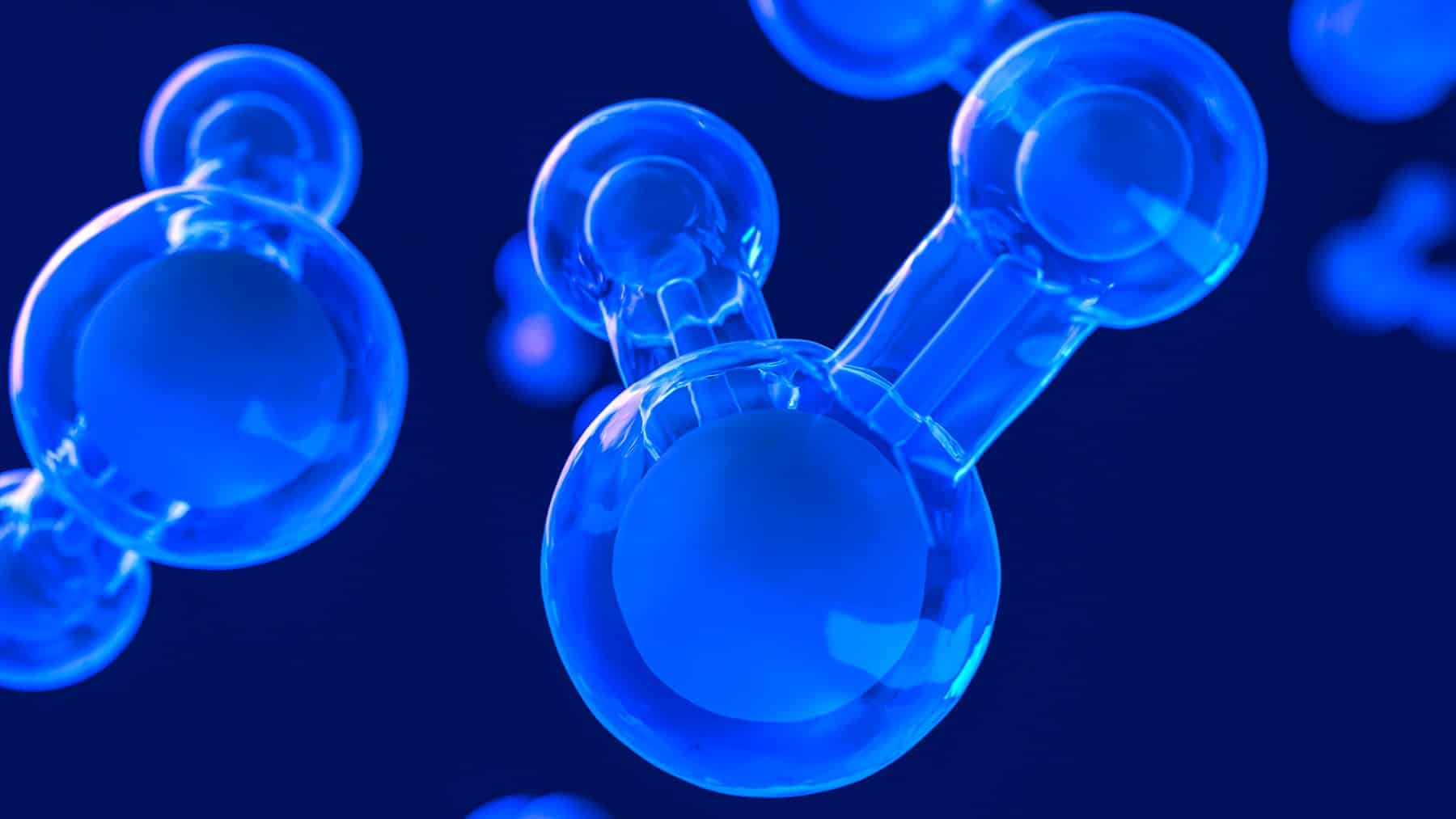Thanks to a team of researchers from Peking University and Cardiff University, hydrogen now gets a brand new color. While hydrogen is not visually taking on a new color, it is chemically and environmentally adopting a new color. On offer is the possibility of producing hydrogen with no direct CO₂ emissions during production. This innovative approach to hydrogen production signifies a turning point when it comes to acquiring sustainable energy. The hope is that with the new color of hydrogen, defossilization is on the cards as well.
Looking at the production of a new color of hydrogen
Initially, hydrogen production focused on fossil fuels and created grey hydrogen, where more or less 12 tons of CO₂ are emitted for every ton of hydrogen produced, as per the International Energy Agency. Usually,green or blue hydrogen are cleaner hydrogen alternatives, however, production of blue and green hydrogen can be costly. With the recently researched method for hydrogen production, bioethanol from agricultural waste is used to produce hydrogen in a way that does not allow for the release of carbon dioxide. The new color of hydrogen is clear, and it could very well mean a net-zero future.
During the production of clean hydrogen, traditional catalysts, which require temperatures of between 400°C and 600°C are not considered. The newer method entails reforming ethanol into hydrogen and acetic acid. The catalyst gains a hydrogen production rate of 331,3 mmol H₂ per gram of catalyst per hour. The new catalyst is made up of platinum (Pt₁) and iridium (Ir₁) species on an α-molybdenum carbide (α-MoC) substrate.
What does the new hydrogen production method mean in the long run?
The research method looks at redefining the way in which hydrogen is co-produced with chemicals in a sustainable cycle. During the process, hydrogen is produced along with acetic acid, which is necessary for many industries, including the food industry. Acetic acid produced during hydrogen production results as a byproduct that adds value to the overall process.
Professor Ding Ma from Peking University mentioned that this technological process is much better than the process entailed in green hydrogen production. This low-carbon alternative is great for many industries. While the benefit to core industries is undeniable, the pathway toward replacing fossil fuels with bio-gained inputs signify an overall change in terms of chemical economy, reducing the production of CO₂., which is often a byproduct of hydrogen production.
Why is the new color of hydrogen so very important in today’s world?
Up until this point, humans have been making the mistake of turning hydrogen black. However, the world seems to be moving in favor of a net-zero mission. With the goal of reducing greenhouse gas emissions in mind, research provided the most feesible solution to produce hydrogen without any harmful emissions. It proves that knowledge of chemistry has immense benefits for the environment and the economy.
Moving on track towards emission-free hydrogen for the future
The study was published in the journal Science and traces the findings that relate to emission-free hydrogen, which not only results in a new color of hydrogen, but a color that is even better than green hydrogen. Surely, the advancement in research and hydrogen development symbolize a positive achievement in green chemistry.
Hydrogen can now exist in its purest form ever to be found in history. A new clear color of hydrogen is on offer signalling that an entirely new age of hydrogen production is on the cards. An emissions-free mission is certainly preferred. While the U.S. also invented a new hydrogen color, this new hydrogen color is not as catastrophic as the red hydrogen that the U.S. invented. The new color of hydrogen is here to stay as the new solution for the future.














